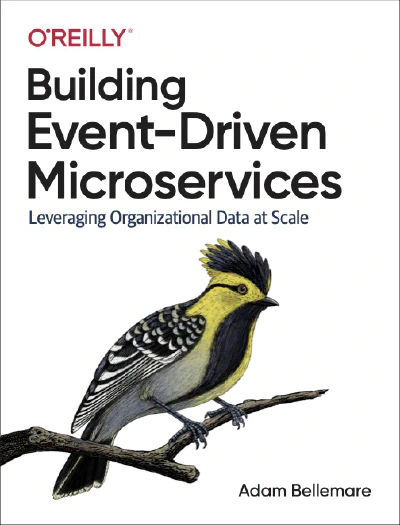
Building Event-Driven Microservices - Chapter 13 - Integrating Event-Driven and Request-Response Microservices
How to integrate event-driven microservices with request-response APIs?
There are two types of external events:
Autonomously Generated Events (analytical events) Reactively Generated Events (events from request-reply) There are two approaches of processing and serving requests using stateful services:
using internal state stores (with silly or with smart routing) using external state stores (with regular or with composite microservice) Ways of handling requests within an event-driven workflow:
